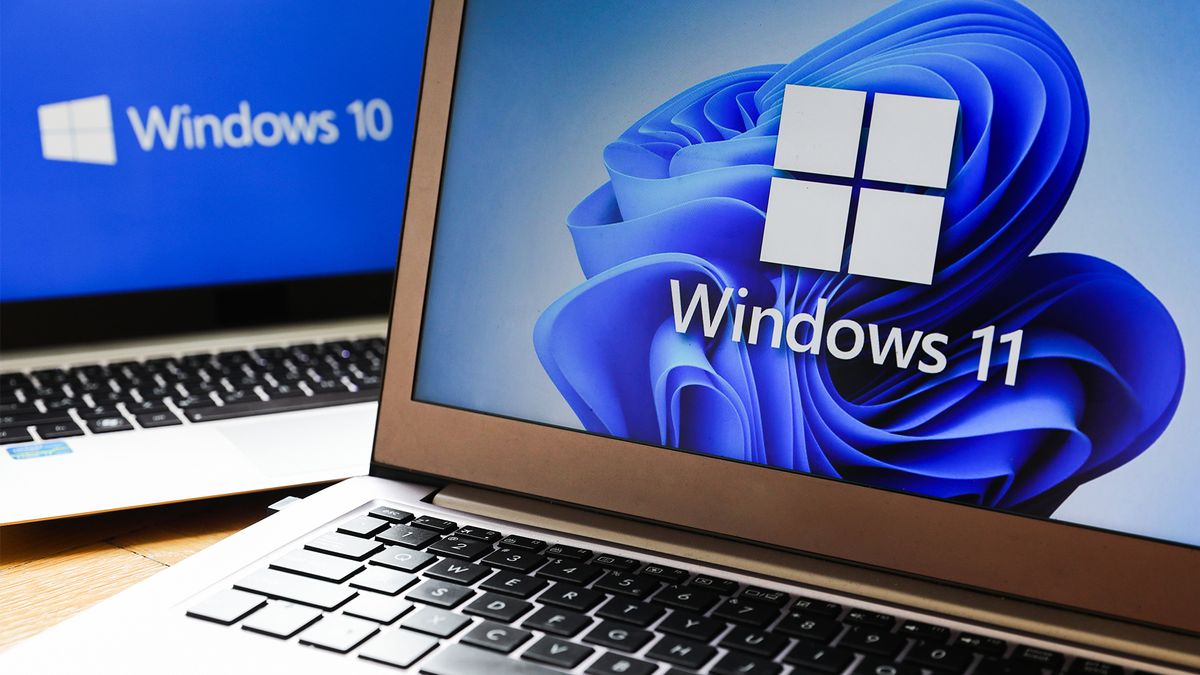With one year to go until Windows 10 end of life, here’s what businesses should do to prepare

Windows 10 end of life (EOL) is a year out, meaning the clock is ticking for businesses still to undergo a Windows 11 migration plan.
The aging operating system (OS) is still widely used, however, and a burden for IT departments looking to keep pace with advancing technology and changing device requirements.
With the deadline looming and most users cutting it fine, group director of sustainability and growth at Circular Computing Steve Haskew told ITPro how businesses should be preparing for the change.
Security should be top of mind, Haskew said. While Windows 10 won’t come to a complete halt next October, there will generally be no updates or patches for the OS.
This leaves those yet to migrate vulnerable, as IT teams will have to deal with more bugs and may be left open to cyber attacks, he added.
On the sustainability side, there’s also an e-waste concern, as those with hardware incapable of supporting Windows 11 will need to dispose of equipment. Last year, analysts warned that Windows 10 EOL could lead to a torrent of e-waste as up to 240 million PCs were left destined for the scrap heap.
As a first step, Haskew said, IT teams concerned about the migration process should check devices with Microsoft’s PC health tool to see if they are compatible and eligible for a free upgrade.
“If not, there are options – consider switching to different operating software like Google’s OS Flex, which can transform your old Windows-based device into a Chromebook,” he added.
Make it a priority to back up any files, he said, to avoid the risk of data loss during the migration process. In addition, businesses should responsibly recycle unwanted equipment.
“Contact the retailer you bought it from for options or consider donating it to charity,” he added.
Windows 10 remains pervasive
Despite being launched nearly a decade ago, Haskew said, Windows 10 is still hugely popular and continues to have millions of users.
“This has led to a very long goodbye as Microsoft tries to prepare the ground for a smooth transition over to Windows 11, yet most PC users are still yet to make the move,” he added.
A study from earlier this year found that over three quarters (82%) of devices still aren’t running on Windows 11. Much of this hesitancy is due to wariness about the migration process, experts told ITPro at the time.
Try as it might, Microsoft can’t seem to push the needle. The firm has promoted Windows 11 on the back of its enhanced generative AI features, while also bumping up the price of Extended Security Updates (ESU) for Windows 10.
According to Statcounter, though, Windows 10 still holds 62.79% of the market compared to the 33.37% of Windows 11.
Source link


